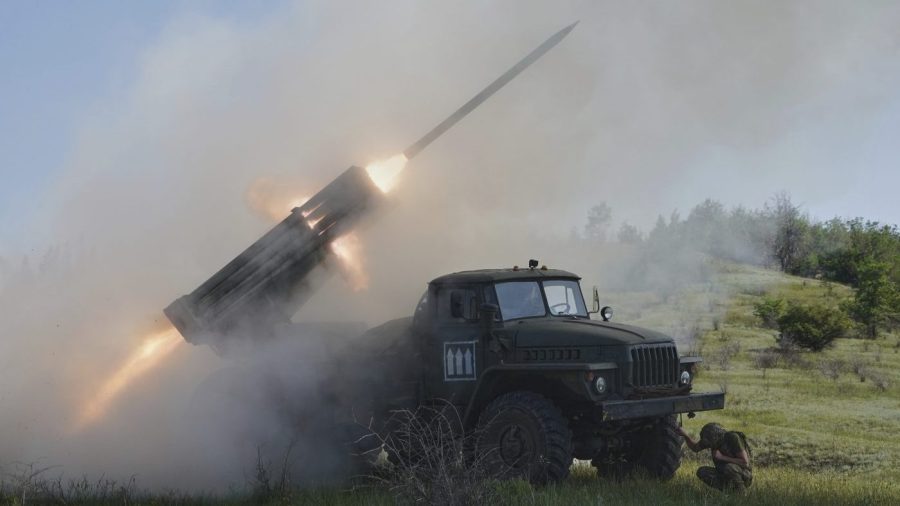The Senate Armed Services Committee (SASC) approved a $500 million defense assistance package for Ukraine amid escalating tensions with Russia.
On Wednesday, the committee voted for the fiscal 2026 National Defense Authorization Act (NDAA), a yearly bill to fund the Department of Defense (DOD). In a 26-1 vote, the committee extended the Ukraine Security Assistance Initiative through 2028, adding $200 million for 2026.
The Ukraine Security Assistance Initiative, created in 2015, is “a funding source for DoD security assistance to Ukraine’s military and other security forces, including intelligence support, training, equipment, logistics, supplies, and services,” according to Ukraine Oversight.
Russian strikes in Ukraine have escalated in the past few months. Tensions between the Kremlin and the White House have also exploded. On May 25, President Trump said he was “not happy with what [Russian President Vladimir] Putin is doing,” a strong reversal compared to the early days of the presidency, when he blamed Ukraine for the war.
NATO and European allies have also ramped up defense talks against Russia.
Trump struck a deal Friday with NATO to send Kyiv Patriot batteries, a key defense mechanism against ballistic missiles.
A day earlier, the White House announced it is sending “episodic deployments” of hypersonic missiles to Germany. This improves Germany’s ability to strike Russia with long-range missiles in case of a broader regional conflict.
Additionally, NATO allies have promised to increase their contributions to NATO to 5 percent of their gross domestic product, a policy that Trump has long awaited.
Since Trump pressured Europe to increase defense spending and stop depending on the U.S., the European Union signed a $162 million readiness plan. The union aims to rearm Europe within five years — a goal that seems almost impossible but is a warning sign to Russia.
The NDAA also restricts the retirement of A-10 aircraft. In the commander in chief’s June budget request, Trump said he wanted to retire the A-10 Warthogs for newer jets, according to Reuters. The draft, however, required the Department of Defense to keep at least 103 aircraft in fiscal 2026.
The bill still has to go through the House and Senate, where military aid to Ukraine is more debated.
